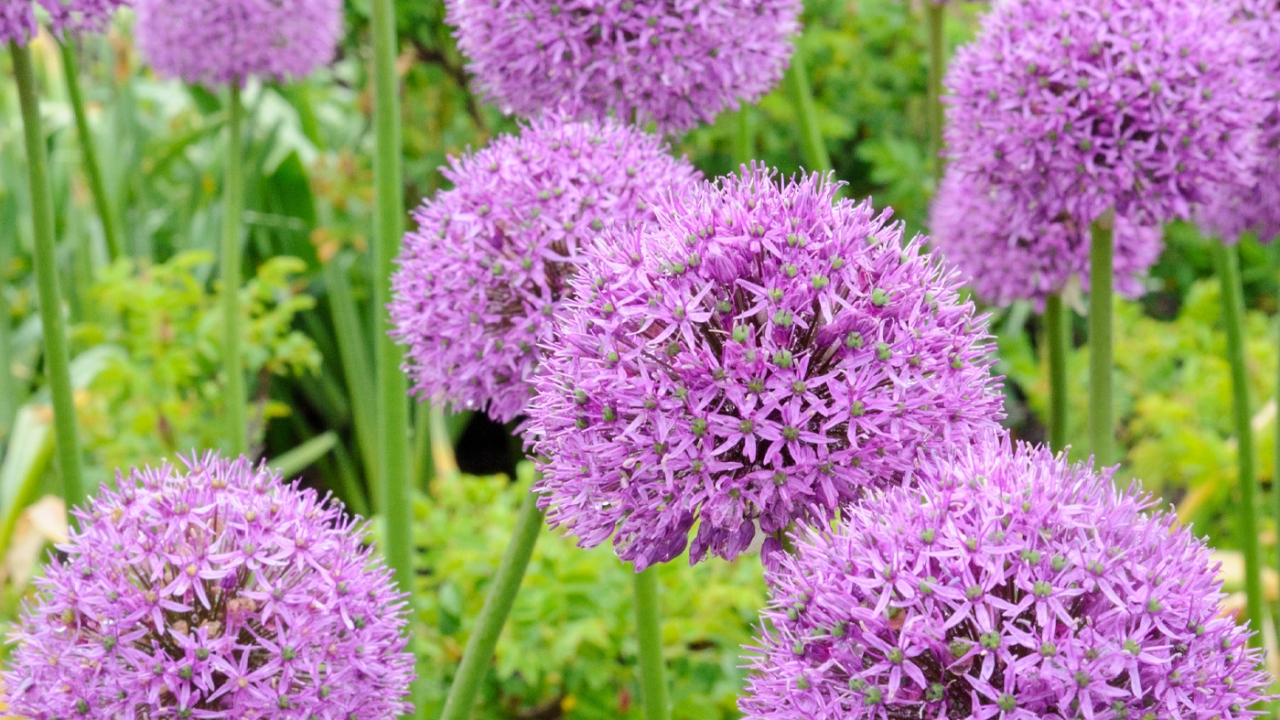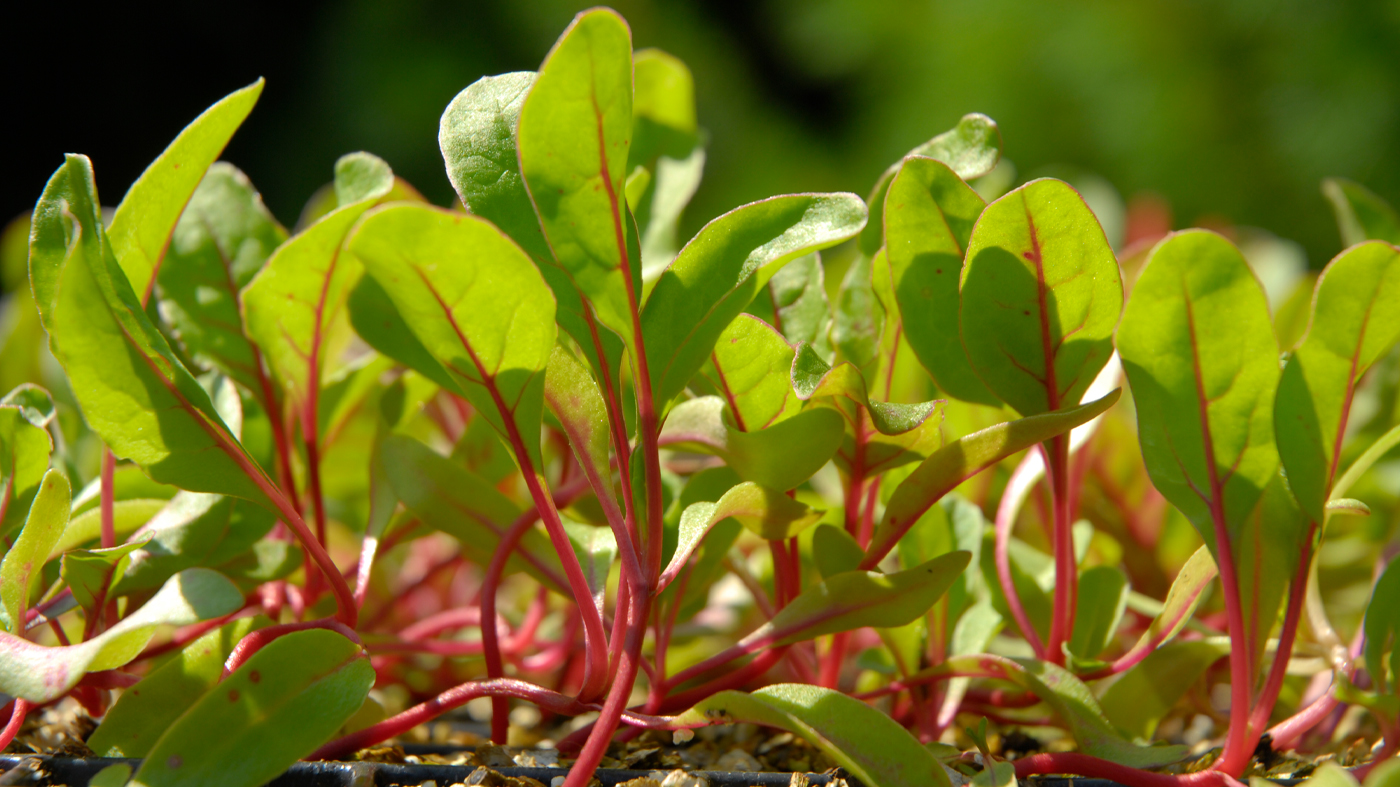

Mesclun Mix

When the sun begins to shine brighter in late April and the day temperatures reach into the 50s, Chicagoans become eager to reunite with their gardens. Unfortunately, April and most of May yield temperatures too cool for many of our favorite vegetable crops such as tomatoes, peppers, and cucumbers, but there still is hope. By the third to fourth week of April, we can begin to plant a salad garden. Most leaf crops such as lettuce, spinach, radicchio, endive, and many more tolerate, and even thrive in, cooler climates.
Salads were once an afterthought in American diets, consisting of a few leaves of iceberg lettuce and a slice of tomato. Today, however, Americans are eagerly sampling a variety of international cuisines and have tried many varieties of salad greens grown and eaten in Europe — with French mesclun and Italian misticanza being the most popular. Both these mixes incorporate a variety of salad greens that combine different colors, textures, and flavors by using only young and tender leaves. Unfortunately, the price of these tender young greens is staggering. Markets may charge as much as $7 per pound even though it takes less energy and time to grow a mesclun mix than it does to grow a head of iceberg lettuce!
Let's examine the medley of flavors in a classic mesclun mix. Four distinct tastes are combined to create these traditional European salads. The mild flavor comes from the many varieties of leaf or Bibb lettuce. The piquant taste is characteristic of mustard greens. The bitter or tart flavor originates with radicchio, escarole, mizuna, or curly endive. And the peppery, spicy accents are expressions of arugula or watercress. If milder flavors are preferred, gardeners can create combinations that reflect their own personal preferences. Some other ingredients that add zest and flavor to a mesclun salad mix are sorrel, parsley, basil, chives, fennel, cutting celery, purslane, dandelion greens, and orach.
To plant a mesclun bed, use rich tilled garden soil located in full sun (eight to 10 hours per day). Premixed mesclun seed packets are available for purchase, or you can mix your own from the suggested plants above. The seeds of these plants are very small and should be planted in furrows no deeper than 1/4 inch, or broadcast and raked over with a thin layer of soil. Seedlings on the surface of the soil tend to dry out quickly, especially if there isn't the required one inch of rainfall per week. Water lightly every other day to keep them moist. A high- nitrogen fertilizer is necessary only after the first harvest.
Mesclun mixes are primarily grown to be harvested as young leaves. When a plant is six inches tall, cut its leaves one inch from the base. The plant will then sprout new leaves that can be clipped up to three more times. This method of harvesting is referred to as a "cut-and-come-again" technique. Another harvesting technique is to stagger plantings in one-week intervals. After only four weeks, harvesting can begin.
Growing your own mesclun mix can be very rewarding — from the money saved to the freshness gained. Be sure to see the innovative plantings of colorful cool-season lettuces each spring at the Regenstein Fruit & Vegetable Garden.

